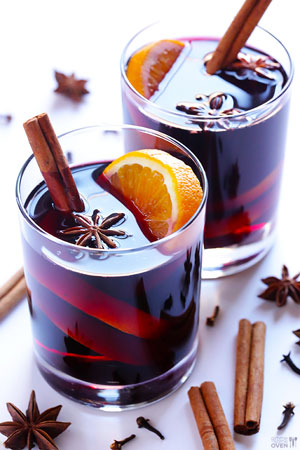 For some reason I have found myself in Scandinavian and Eastern European countries during the winter months and although the weather can be a bit frigid, the experience has always been memorable. Recent visits to Amsterdam, Berlin, Stockholm, Copenhagen, Helsinki, and Prague proved not only beautiful to see around the holidays, but each city also offered its own version of a warm libation to combat the cold temperatures – mulled wine.
For some reason I have found myself in Scandinavian and Eastern European countries during the winter months and although the weather can be a bit frigid, the experience has always been memorable. Recent visits to Amsterdam, Berlin, Stockholm, Copenhagen, Helsinki, and Prague proved not only beautiful to see around the holidays, but each city also offered its own version of a warm libation to combat the cold temperatures – mulled wine.
If you find yourself in just about any European destination in December you are bound to come across a local version of their mulled wine. Whether it’s Glühwein (in Netherlands and Germany), Glögg (in Scandinavia), or Svařák (Czech) this spiced wine concoction with warm your body and spirit.
While the basis of mulled wine is pretty much the same, each region has a slightly different take on the recipe. The Swedes add raisins and almonds, as well as more sugar than most and usually a healthy dose of extra alcohol like Aquavit or vodka. In Germany, you´ll find a lighter, less sweet version – theirs has less sugar than Glögg and more spices like nutmeg, clove and cinnamon.
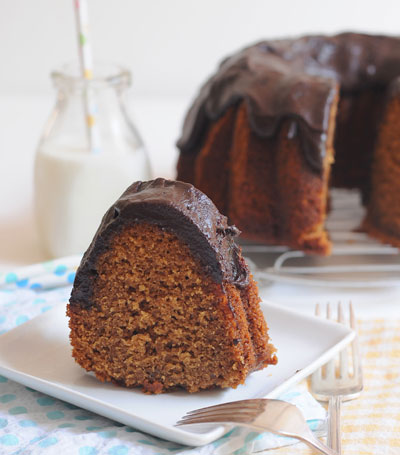 Fall always symbolizes new beginnings; fresh school supplies, cozy scarves, and the celebration of the Jewish New Year.
Fall always symbolizes new beginnings; fresh school supplies, cozy scarves, and the celebration of the Jewish New Year.
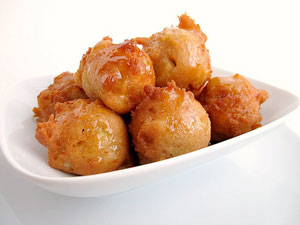 Homemade, doughnuts and fritters are the absolute best. They far surpass any "donut" shop doughnuts. When I'm in the mood for doughnuts but don't have the patience to wait for dough to rise, I like to make fritters. They fulfill my craving as fast as I can fry them. Their crispy fried exterior and fluffy interior are what make them a favorite sweet treat for many people. A batch of fritters is very easy to put together and they are great for any occasion. But they make a special treat for Hanukkah, which is celebrated with fried foods like
Homemade, doughnuts and fritters are the absolute best. They far surpass any "donut" shop doughnuts. When I'm in the mood for doughnuts but don't have the patience to wait for dough to rise, I like to make fritters. They fulfill my craving as fast as I can fry them. Their crispy fried exterior and fluffy interior are what make them a favorite sweet treat for many people. A batch of fritters is very easy to put together and they are great for any occasion. But they make a special treat for Hanukkah, which is celebrated with fried foods like  For some reason I have found myself in Scandinavian and Eastern European countries during the winter months and although the weather can be a bit frigid, the experience has always been memorable. Recent visits to Amsterdam, Berlin, Stockholm, Copenhagen, Helsinki, and Prague proved not only beautiful to see around the holidays, but each city also offered its own version of a warm libation to combat the cold temperatures – mulled wine.
For some reason I have found myself in Scandinavian and Eastern European countries during the winter months and although the weather can be a bit frigid, the experience has always been memorable. Recent visits to Amsterdam, Berlin, Stockholm, Copenhagen, Helsinki, and Prague proved not only beautiful to see around the holidays, but each city also offered its own version of a warm libation to combat the cold temperatures – mulled wine.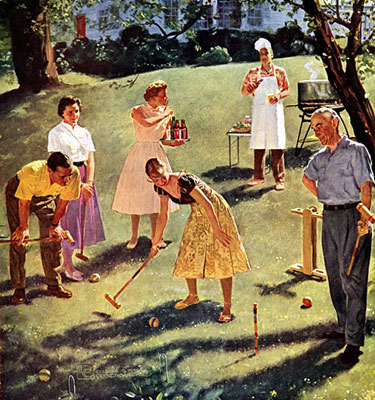
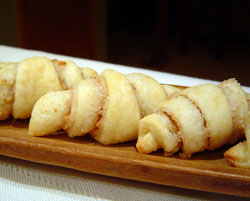 More than twenty years ago, when my Auntie Elinor was living in Riverside, Illinois, she began sending me the special holiday cookbook that her local
newspaper published. It was packed with all kinds of recipes that
readers had shared. I always loved reading through its pages.
More than twenty years ago, when my Auntie Elinor was living in Riverside, Illinois, she began sending me the special holiday cookbook that her local
newspaper published. It was packed with all kinds of recipes that
readers had shared. I always loved reading through its pages.
